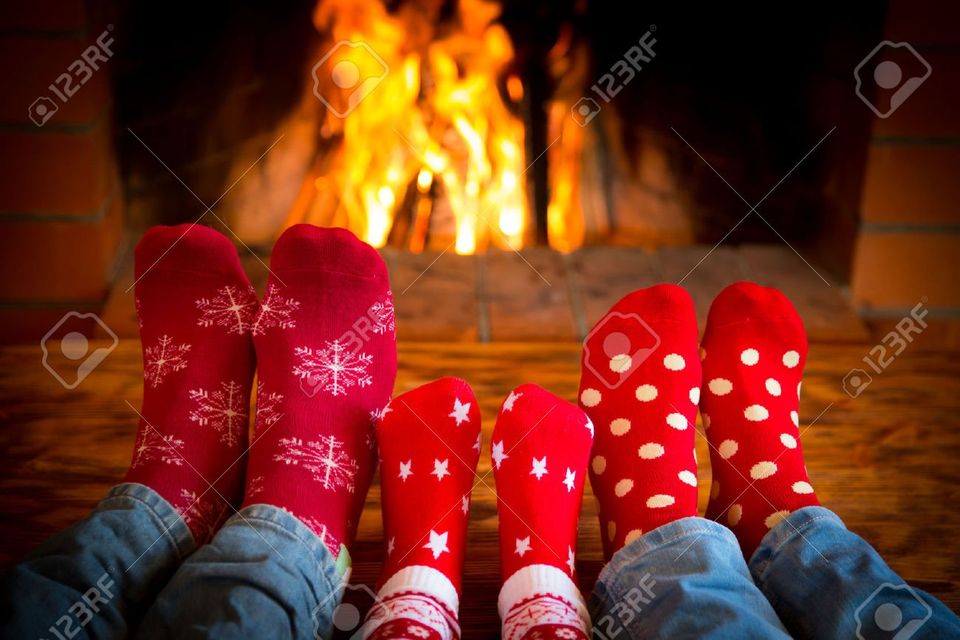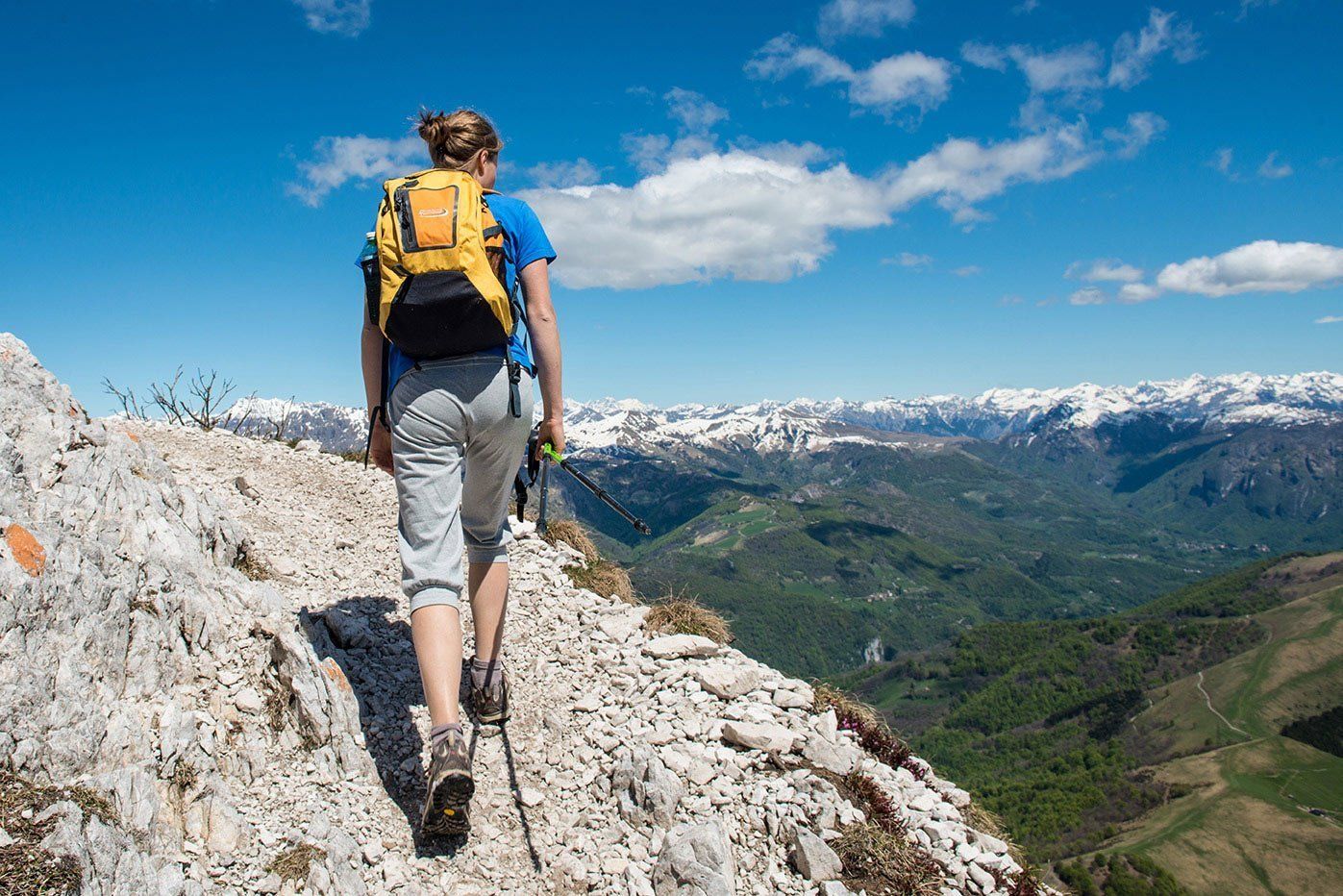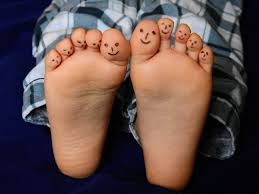Author/Blogger Reggie Simpson
27 Nov 2015
Keep your feet cosy but healthy
When choosing your winter footwear, it may be tempting to choose form over function or whichever you feel is the most stylish, but would that still be the case if you knew the risks you were taking?
Here are a few commonly known winter foot conditions that you may wish to avoid.
Blisters
If any shoes you’ve chosen are giving you blisters, it’s a clear cut sign that they’re the wrong choice for your feet. With properly fitted shoes, there should be no ‘breaking in’ period to have to go through.
Blisters are a result of friction or repeating rubbing, often when wearing brand new shoes that don’t fit properly.
Common remedies include soap and water, letting blisters heal with time and topical antiseptic on open wounds; however, a visit to the podiatrist’s clinic is always recommended.
Chilblains
Usually related to poor circulation, chilblains appear when the skin has been exposed to a cold, humid environment before being quickly moved to the warm.
The cold air causes the skin’s small blood vessels to constrict, which doesn’t give them enough time to react to the warm air. As a result, the blood may leak, leading to red, swollen, itchy skin.
These patches may turn into ulcers or lead to infection as the skin becomes dry or cracked.
Chilblains are most commonly found on the toes, especially if the feet already have bunions and/or callouses.
To avoid them, ensure your feet are kept warm throughout the winter and avoid direct heat. Allow your feet to warm up at a steady pace to allow your circulation to catch up.
Morton’s Neuroma
Morton’s neuroma is a result of footwear that’s too tight, causing the bones and tissues to become squeezed against the nerves of the feet.
These pinched nerves will lead to feelings of numbness, tingling or burning and is most commonly felt around the toes.
As your feet may get wider with age, ensure you update your shoes width accordingly. If you think you may be experiencing a Morton’s Neuroma, get in touch with your podiatrist at the first possible opportunity.
Raynaud’s Phenomenon
This condition is named after the French doctor, Raynaud, and is also caused by cold weather and its effects on blood vessels.
As with chilblains, the blood vessels in the feet will tighten when exposed to very cold temperatures, causing limited circulation to the hands and feet.
Due to this lack of oxygen and blood flow to the feet, an individual may experience blistering, redness, discolouration or pain. These are the effects of Raynaud’s Phenomenon.
Skier’s Toe
If you’ve found yourself experiencing a black toenail, it may be a case of Skier’s toe. This dark shade is due to bleeding underneath the nail, which may also cause you to experience a painful ‘pulsing’ sensation due to the blood pressure.
Skier’s toe may be brought on by shoes that are too tight and often Ski boots – hence its name! Ensure that the shoes you wear this winter are roomy enough for your toes, even when you’re wearing socks.
By wearing shoes that fit well and also keep you warm throughout the winter, you should be all set to avoid these painful conditions. Remember, for the best advice, always visit your podiatrist!






